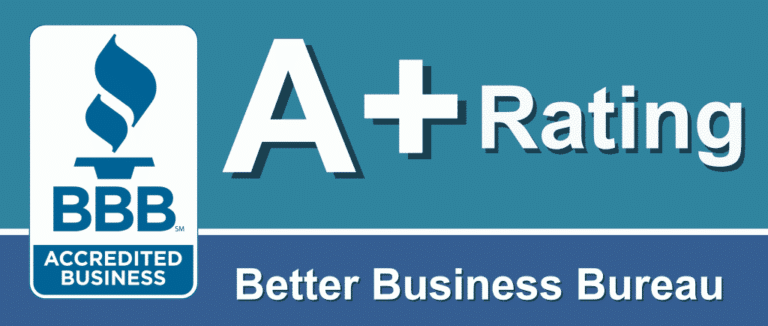Sleep Disordered Breathing – What is It?
 Are you aware that 9 out of 10 children suffer from Sleep Disordered Breathing (SDB) symptoms? Well, I was not aware of this, and now that I am, it is amazing what I now “see”!
Are you aware that 9 out of 10 children suffer from Sleep Disordered Breathing (SDB) symptoms? Well, I was not aware of this, and now that I am, it is amazing what I now “see”!
This is why I can never see myself retiring. I am very fortunate that my work is my passion. Seeing people’s health turnaround is extremely rewarding. I urge you to reread, or read for the first time, my newsletter You Look Like An Egg to Me.
Recently, my staff and I were trained, and subsequently certified, in The HealthyStart™ Program. What we learned is a critical piece to positively helping the physical and emotional levels in children. We are all very excited about this program.
In this newsletter, I want to discuss some of the highlights of the new knowledge we have gained.
What is a SDB problem? It is when you can’t get enough oxygen into your lungs because the airway is too small.
Besides this being a problem during waking hours, it is especially acute when sleeping because it interferes with sleep. You don’t get into the stage of sleep (REM) that allows your body to heal to get rid of toxins. This affects brain function and the immune and endocrine system. Thus, for example, one can see increased infections, eczema, and diabetes. There have been numerous studies linking sleep symptoms to ADD/ADHD. One study showed SDB increases the risk of ADD/ADHD by at least 50%. What other symptoms may your child have that are associated with SDB?
Bed Wetting Chronic Allergies
Difficulty in school Nightmares
Mouth Breathing Daytime Drowsiness
Snoring Aggression
Restless Sleep Grinds Teeth
Talks in Sleep Frequent Headaches
Speech Problems Excessive Sweating while asleep
What is the biggest cause of SDB?
The biggest cause of SBD is abnormal tongue position, and as the jaws develop, this leads to abnormal jaw relationship and underdeveloped jaws.
What to look for in your child
A recent study of 501 kids aged 2-19 years of age showed 9 out of 10 children had one or more of the above symptoms; 60% had 4 or more symptoms of SBD and 1 out of 5 experienced bedwetting. Between 4 and 12 years of age, 92.6% of symptoms did not self-correct while 30% got worse with age.
Mouth breathing and snoring are commonly associated with more SBD symptoms than any of the other symptoms studied. Please note that snoring means any noise while breathing during sleep, including heavy breathing. Certainly, interrupted snoring where breathing stops or where there is stoppage of breathing without snoring is important to be aware of. Most of us put our children to bed, close the door, and hope they sleep through the night. I urge you to go into their room while they are asleep and listen and observe. Look to see how your child sleeps – are their lips apart? If so, they are mouth breathers. This will often lead to enlarged tonsils, allergies, and lots of colds. Mouth breathing narrows the airway significantly – about 6mm when open ½ inch. A young child’s airway is about 7mm! Imagine trying to take in air through a cocktail straw rather than a garden hose. Dry waterboarding!
What starts the whole Sleep Breathing Disorder (SDB) process?
A big cause of SBD is extended bottle-feeding and pacifier use (all pacifiers), which causes poor tongue position and abnormal swallowing.
Tongue-tie is also a factor. Tongue-tie refers to the band of tissue that tethers the tongue to the floor of the mouth. If you look in a mirror and lift your tongue you can see this band of tissue. However, it should not be so tight that you cannot touch the roof of your mouth with your tongue when your mouth is open. The mother’s diet pre-birth and the mother’s diet (if she is breast feeding) as well as the child’s diet after birth will also affect jaw development. Heredity is also a factor. Oral habits such as thumb or finger sucking, tongue thrust, sucking on a fist or a blanket can be factors.
The tongue is a phenomenal “orthodontic appliance”; if the tongue is NOT functioning properly, it will affect the development of the mouth – so as a child grows, the jaws will not attain their full growth potential and will become too narrow and/or too small. Thus, we will see baby teeth that have no spaces between them and as permanent teeth erupt into the mouth, they will be crowded. Often, we will also see deep overbites, open bites, and cross bites.
What can be done?
Dr. Bergersen developed The HealthyStart™ System over the past 50 years. He invented patented appliances that retrain the tongue and allow the upper and lower jaws to grow to their full potential. It is a non-invasive procedure that uses removable appliances that gently guide the teeth into their proper position in harmony with the oral and facial muscles and the tongue. This leads to stability and less chance of relapse. It also very often eliminates the need for braces. The appliances look similar to a mouth guard and are only worn at night and a few hours during the day. They are made from a material that is FDA approved as a Class II medical device, and is BPA, latex, and silicone free.
I find being able to intervene and to influence the development of a child’s mouth with its subsequent health benefits very exciting. The earlier that treatment begins, the better. My own grandchildren will be starting therapy.
As I always say, “You only see what you know”. Now, as I examine the children in my practice, it is with “new eyes”.
I urge you to go to www.thehealthystart.com to view some fantastic stories about what happened to some children as their Sleep Breathing Disorder problem was corrected. To access the “stories” from the website, go to “Your Child” and then “Hear From Our Providers.” View “Before” and “After” dental photos on our website.
Next month, I will discuss what happens in the adult if the Sleep Breathing Disorder problems are not addressed as a child.
© 2017, Mark A. Breiner, DDS
The information presented is for educational purposes only. Please consult a qualified dentist or health practitioner for diagnosis and treatment.


